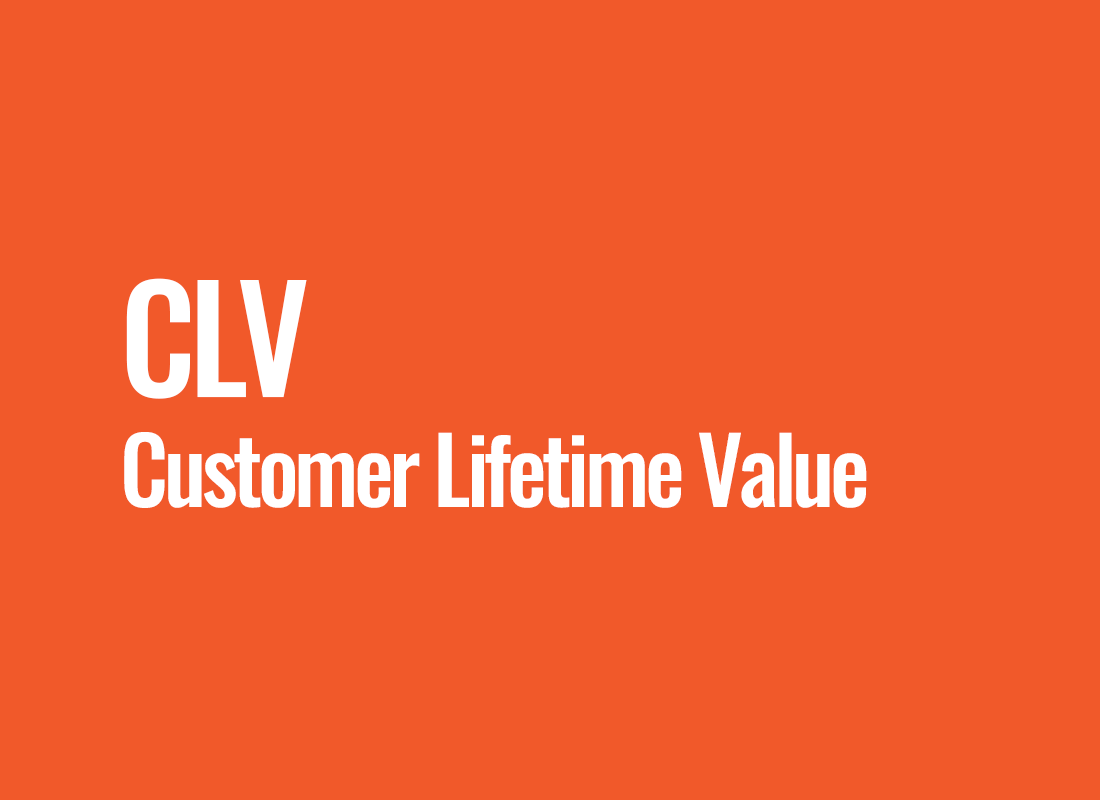CLV (Customer Lifetime Value)
Customer Lifetime Value (CLV) is one of the most important indicators in marketing and business. It defines the estimated total net value of future revenue from a customer during the entire period they are a customer of the company. In other words, calculating CLV is the process of estimating the sum of money a customer will bring to the company during their "lifetime" as a customer.
Understanding Customer Value
To be sure that marketing investments are yielding the expected results, it's important to understand CLV. This metric is crucial for planning marketing strategies, forecasting revenue, and optimizing customer acquisition spending. It allows you to see who is a valuable customer and understand how much to invest to keep such a customer with the company for longer.
The simplest formula for calculating CLV is:
CLV = (average purchase value x average number of purchases per year x average customer relationship duration)
However, reality is more complicated, and calculating CLV can take into account various factors such as costs associated with acquiring and maintaining a customer, and the time value of money. Moreover, some companies also consider future purchasing behaviors of the customer that can affect their value to the company.
From Abstraction to Practice: How to Calculate CLV?
Although the previously given formula for calculating CLV is quite a simple tool, it's good to understand how this data is generated in a specific example. Let's assume we run an online shoe store, "Shoe Universe." The average purchase value is 200 PLN, and the average number of purchases per year is 4. The average time customers stay with us is 5 years. Using the formula, we calculate the CLV as follows:
200 PLN (average purchase value) x 4 (average purchases per year) x 5 (average number of years) = 4000 PLN
This means that the average "Shoe Universe" customer has a value of 4000 PLN during their "lifetime" as a customer.
When Does CLV Impact Success? Three Case Studies.
Online Clothing Store
Let's Fashion used CLV to predict future customer purchases and optimize their email marketing strategy. By analyzing historical purchasing data, the company was able to predict which products would be most attractive to individual customers and then tailor their emails to increase the likelihood of purchase. As a result, the average purchase value increased by 15%, and the average number of purchases per year by 10%.
Large Electronics Store
TechWorld utilized CLV to optimize their customer acquisition strategy. Rather than focusing on acquiring as many new customers as possible, the company concentrated on attracting high CLV customers, ultimately leading to a 20% increase in revenue and 25% increase in profits over a year.
B2B Software Sales Company
SoftSolutions used CLV to predict future revenues and for strategic planning. With this metric, the company was able to foresee which products would be most profitable in the future, and also optimize their sales and marketing strategies, leading to a 30% increase in sales over two years.
Increasing CLV. The Future of Marketing.
Understanding CLV and striving to increase it is the key to a company's long-term success. So how to increase customer value over time?
Building customer relationships is one strategy that can help companies increase CLV. This is especially important in the digital world, where the costs of acquiring new customers are ever-increasing. Building customer loyalty through loyalty programs, personalized offers, or providing high-quality customer service are just some of the possibilities.
We must also remember continuous data analysis and offer improvements, which will allow a better understanding of customer needs and appropriately respond to market changes. Knowledge about what the customer values most in the company's offer, preferences, and needs will enable tailoring the offer to expectations, undoubtedly translating into higher CLV.
It's also important to remember that high CLV does not always have to result from high customer spending. Often, a more valuable customer is one who makes regular purchases, even if they are not large, but consistent and repeatable.
The Role of CLV in Planning Marketing Strategy
CLV is essential for planning a marketing strategy. It allows companies to understand which products, services, and channels attract the most valuable customers and what marketing actions bring the highest return on investment. This way, companies can direct their efforts towards the areas that bring the most benefits.
For "Shoe Universe," a CLV analysis could show that customers buying sports shoes have a higher CLV than those purchasing formal shoes. With this knowledge, the company could direct its marketing efforts to promote sports shoes to attract more high-CLV customers.
The Future with CLV
Understanding and using CLV is crucial for a company's success in today's dynamic business world. It enables companies to precisely target their marketing efforts, optimize spending, and forecast future revenues. Without a doubt, companies that effectively use CLV have a competitive edge in the market.
CLV is not just a raw number. It's a tool that helps companies better understand their customers, build lasting relationships, and create value for both themselves and their customers. It's a perspective that changes the way we look at business - from short-term transaction focus to long-term relationship building.




